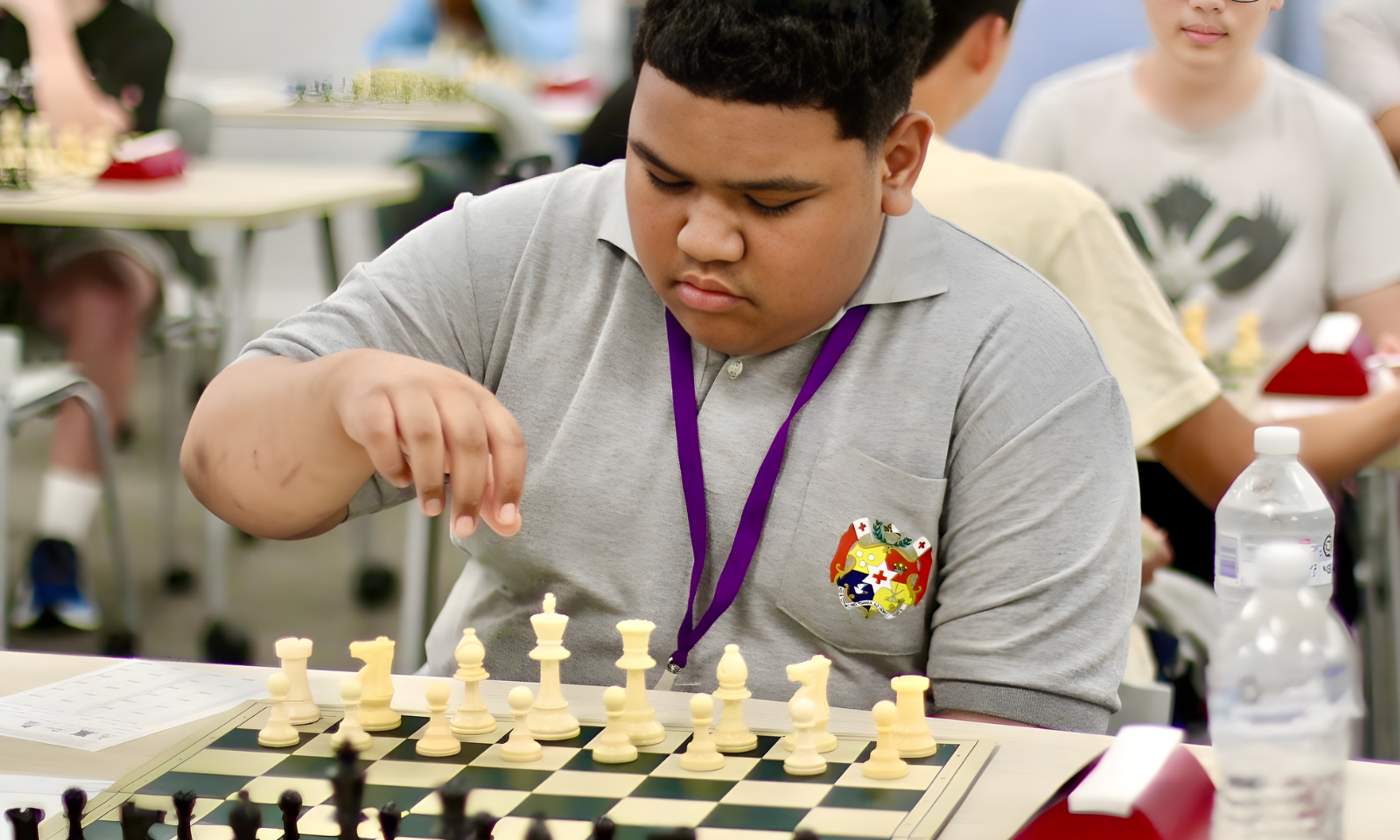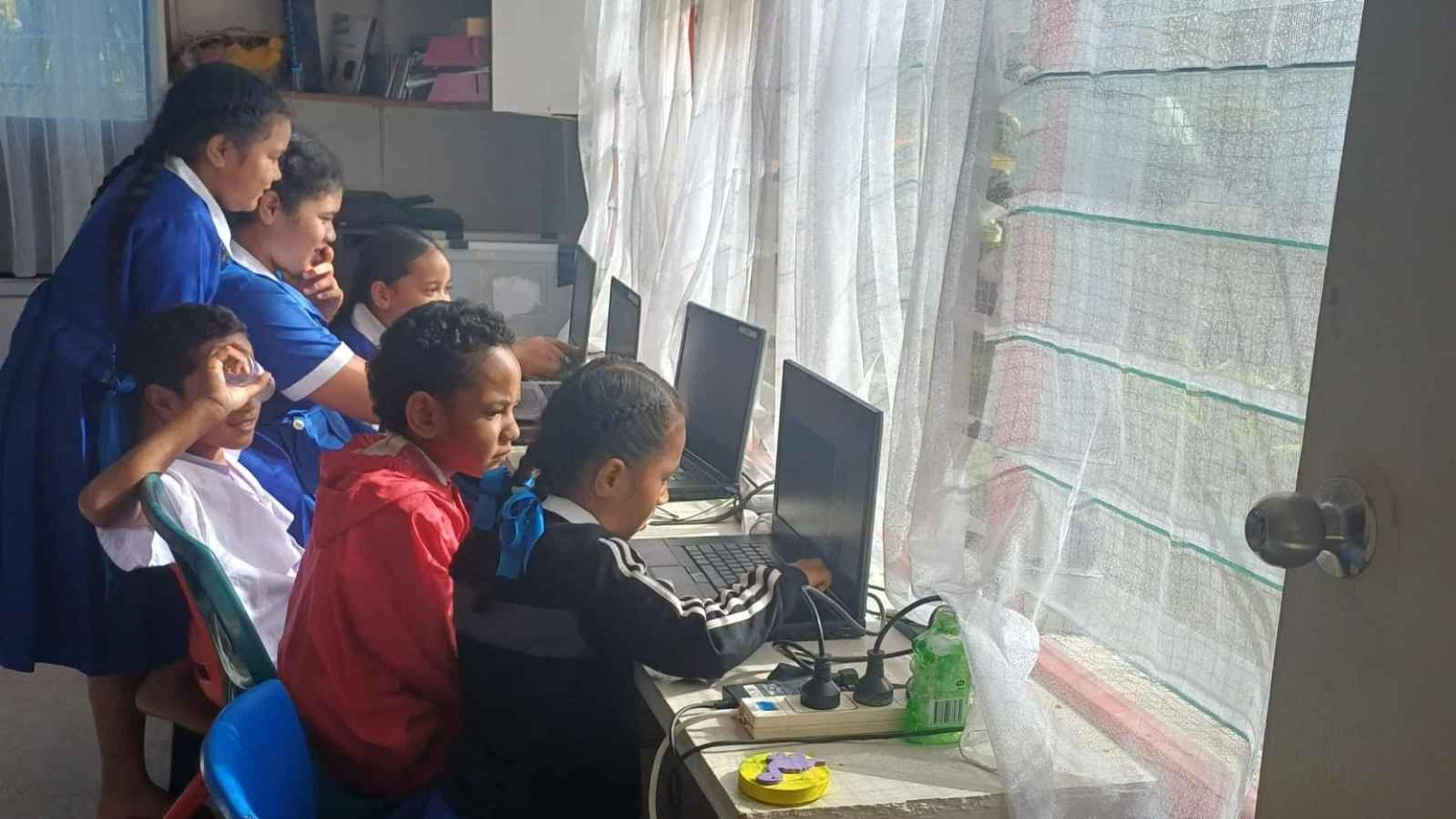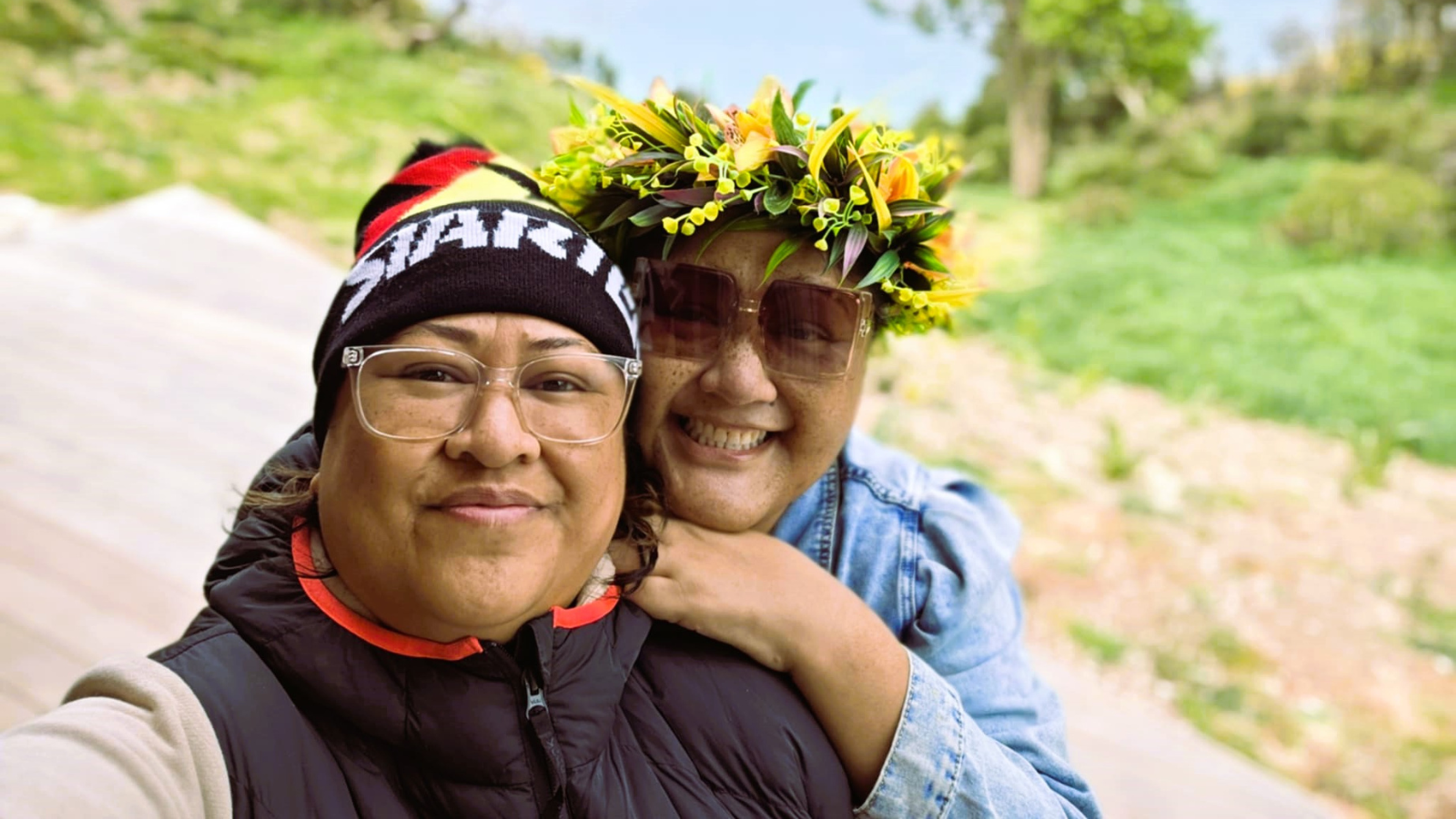

Photo /PMN News/Candice Ama
Pacific men most likely to be tasered by police - report
A research project on how New Zealand Police treat Māori, Pasifika and Pākehā has resulted in "grim" findings for tangata whenua and tagata moana.



Mental health targets risk hiding Pacific people in crisis, expert

‘A Library for the Heart of Tonga’: Building a hub for Nuku’alofa

The phone call that changed everything: Social worker’s new life after kidney transplant


Tonga makes historic breakthrough at Oceania Youth Chess Championship

Mental health targets risk hiding Pacific people in crisis, expert

‘A Library for the Heart of Tonga’: Building a hub for Nuku’alofa

The phone call that changed everything: Social worker’s new life after kidney transplant
A new report on police treatment of Māori, Pacific people and Pākehā shows Pasifika men are most likely to be tasered by the law enforcement officers.
The three-year Understanding Police Delivery (UPD) project, sparked by global racial inequity events like the 2020 George Floyd BLM protests, investigated fairness and equity with the New Zealand Police (NZP).
The UPD research team was granted unrestricted access to police staff and data, resulting in seven separate reports and 40 recommendations.
Speaking to William Terite on Pacific Mornings, AUT Law Professor Khylee Quince (Ngapuhi, Te Roroa, Ngati Porou, Ngati Kahungungu) said Pasifika men were overrepresented in "taser data".
"This is when police take a taser to an incident and when they decide to fire a taser," Quince said.
"Some of the reasons [Pasifika men overrepresent taser data] are police perception of aggressive and assaultive behaviour.
"They're more likely to perceive the behaviour and body language of Pacific men as requiring a significant use of force response."
The project also found one in five taser "events" was at a family harm event.
Watch the full interview via 531pi's FB page below:
Quince said there were varying perceptions of determining aggressive behaviour and some of the data highlighted that size and gender were contributing factors.
"Even when women are being more aggressive and assaultive - tasers are not being used against them.
"The question is what can we and police do, in terms of their training, to de-escalate where a taser might be used."
There are three focus areas for the UDP project:
Who do police stop and speak to?
Decision-making and the application of the use of force.
What relevant factors lead police to charge or not charge a person?
Quince, who is part of a 15-independent panel, which the late Fa'anānā Efeso Collins was an early Pacific representative for, said the "grim" findings were not surprising.
She added that the positives of the reports included police cooperation alongside the project, and creating material information for commitment to structural change.
"They've been open in sharing their organisation and data with us and they have a pretty positive learning mindset.
"They see this as an organisational learning opportunity. That means we have a commitment that they will change the way they train police officers in college [and] they'll offer ongoing training opportunities."
Quince said it was vital feedback for officers in the field, particularly after an incident, to inform them about how to do better and not just how complaints were made.
"The police as an organisation have a real compliance focus. All they want to know is have we done things according to the rules and the law.
"That doesn't mean you did it well though. That doesn't mean people feel that their experience was inequitable or unfair.
"There are some pretty big learning opportunities. You can't sugarcoat some of the pretty negative findings particularly for Māori and Pacific peoples."